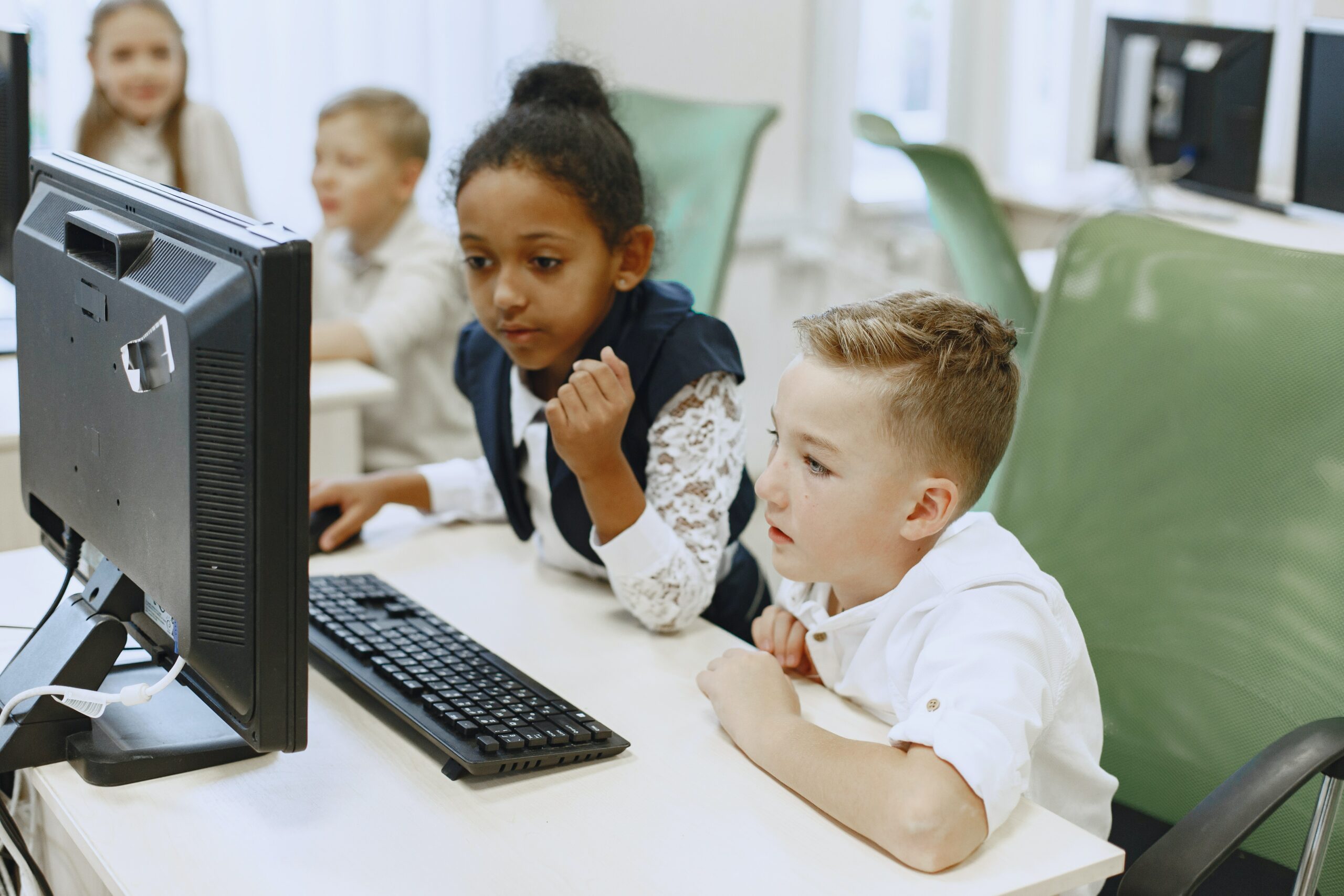Schools are responsible for the wellbeing of their pupils. Although this has always been the case, the threats to student wellbeing have become increasingly complex and are no longer solely centred around physical health and security. As the internet has grown to become an integral part of education, this responsibility has expanded to encompass online elements.
The Department for Education states, “It is essential that children are safeguarded from potentially harmful and inappropriate online material”. This is a complicated undertaking because online protection needs to be much more nuanced, with management functions to reflect this. This is where content filtering comes in.
Content filtering defined
Content filtering blocks pupils’ access to predefined webpage content across the internet, with schools setting up parameters to determine what can and cannot be viewed. Content filtering differs from other filtering methods in that it can be used to block specific content on a webpage whilst still providing access to the page itself.
Education filtering considerations
Although the DfE states, “The appropriateness of any filtering and monitoring systems are a matter for individual schools and colleges, ” they offer guidance. In their ‘Keeping children safe in education 2023’ document, they outline the content that pupils should be shielded from, categorising it as follows:
- Content (illegal, inappropriate or harmful content)
- Contact (harmful online interaction with other users)
- Conduct (online behaviour likely to lead to harm)
- Commerce (risks such as online gambling and financial scams)
In addition to what to filter, the following considerations are highlighted:
- The age range of children
- The number of children
- How often they access the IT system
- The proportionality of costs versus safeguarding risks
The UK Safer Internet Centre suggests that schools should also consider “the ability to vary filtering strength appropriate to age and role”. This means that a suitable content filtering solution needs to be fully flexible, with the ability to segment pupils.
A balancing act
A school content filtering solution obviously needs to fulfil the criteria of protecting pupils, but at the same time, it cannot disrupt the learning process. The DfE warns that schools “should be careful that “over blocking” does not lead to unreasonable restrictions as to what children can be taught.”
There is also an aspect of self-learning involved and being overprotective can end up adversely affecting pupils. An Ofsted report from 2010 differentiates between managed systems and ‘locked down systems’; although the former still has inaccessible sites, there are fewer, and pupils are encouraged to take some responsibility for their own online safety.
“Pupils in the schools that had ‘managed’ systems had better knowledge and understanding of how to stay safe than those in schools with ‘locked down’ systems. Pupils were more vulnerable overall when schools used locked down systems because they were not given enough opportunities to learn how to assess and manage risk for themselves.”
This is another strong case for a flexible educational content filtering solution. This gives a school full control of what is and isn’t displayed, and the ability to adjust restrictions for individual pupils based on factors such as age.
An ongoing process
Once a school has selected an appropriate content filtering solution, there are a few further supporting steps to take. When it comes to staff training, it would be advantageous to roll this out beyond the IT team to ensure its overall effectiveness and a smooth learning process. The DfE suggests ensuring that “the leadership team and relevant staff have an awareness and understanding of the provisions in place”.
Parents and carers should also be informed of a school’s content filtering strategy; “parents and carers are likely to find it helpful to understand what systems schools and colleges use to filter and monitor online use”. This will help to make learning more seamless when pupils need to access online resources from home.
Lastly, employing an ongoing review process is crucial. Technology, and especially the online world, moves at an incredible pace which any related safety measure needs to match. As such, the DfE states that schools should “regularly review their effectiveness”. A filtering solution with reporting can be a great asset here, ensuring that you maintain a historical record and can monitor the effectiveness of any future changes.
How we can help
Working closely with schools across the UK, we have created a solution for safe and compliant internet usage, incorporating content filtering and technology requirements specifically for the education sector. This features the following benefits:
- Increased online safety and compliance with integrated Web Content Filtering delivered through us in partnership with Netsweeper- Netsweeper provides this service to 1 in 3 children throughout England
- More control with the ability to segment Internet users and proactively manage all LAN switches and WiFi access points
- Flexibility with online learning platforms and remote access to school IT resources from home
- Powerful reporting through an intuitive visual dashboard
- Peace of mind with Online Data Back Up and Disaster Recovery
Depending on your budget and operational requirements, we can also add additional connectivity functionality. This includes a comprehensive telephony system to maximise coverage across your school with an integrated lockdown solution increasing safety for students and staff. Every service we supply is supported by a 24/7 Service Assurance Team and a dedicated Account Manager.
If you’d like more information on our content filtering solution for schools, call us on 01256 391 046 or email sales@southern-comms.co.uk.

